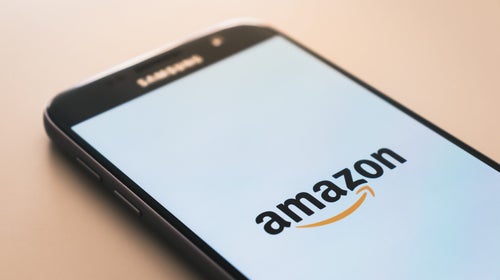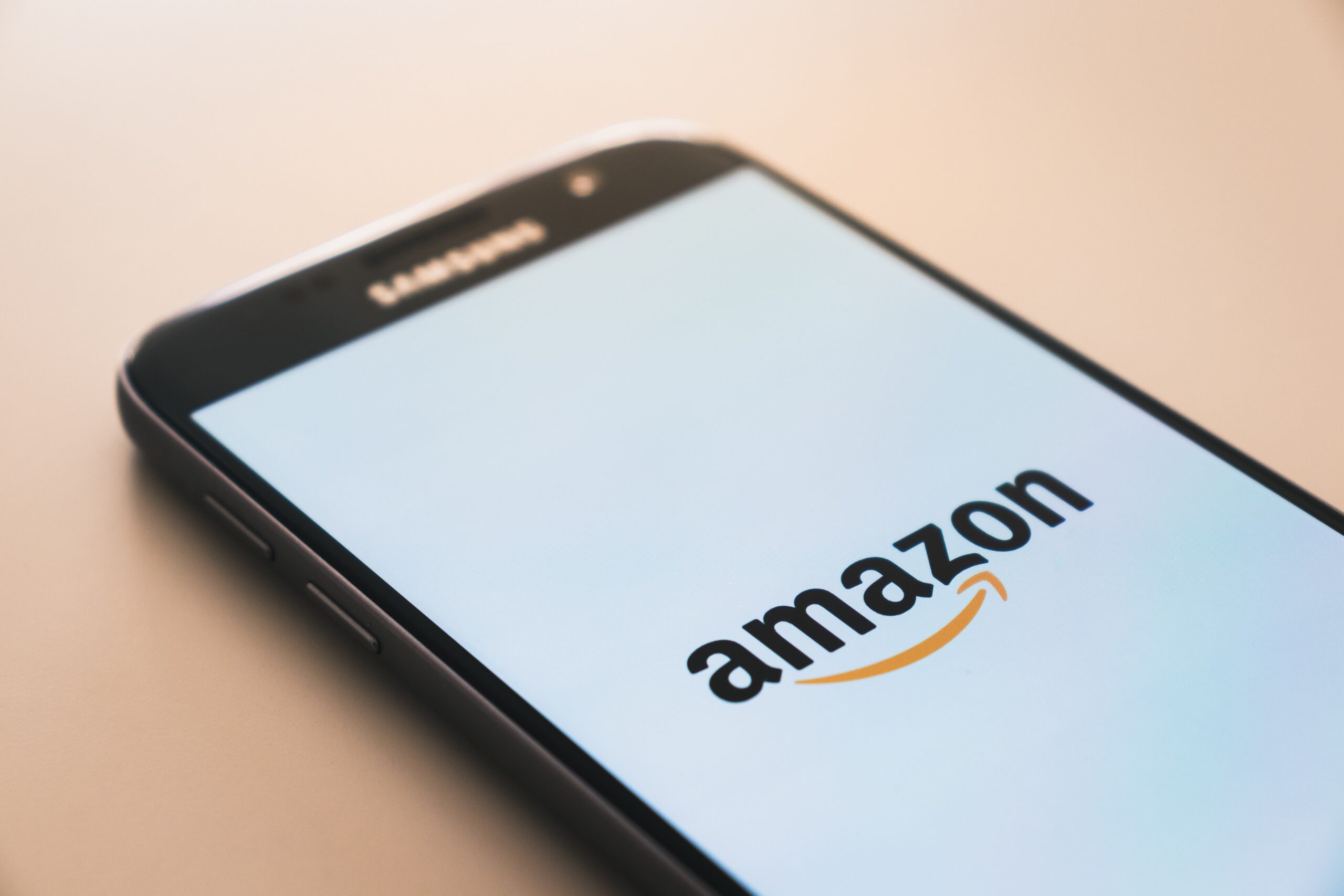It can feel like more rumors than facts swarm around Amazon, in part because the retailer is notoriously secretive—and that makes it hard to separate truth from speculation. In most news articles that discuss the world’s largest retailer, experts point out, you won’t find any sources from within the company providing actual information. Consequently, consumers, retailers, and brands end up making their own assumptions—many of them false. Add in Amazon’s constantly evolving practices, and misconceptions abound. We tapped a panel of on-the-ground experts to set the record straight.
Meet the Amazon Experts
Mike Massey

The owner of New Orleans-based Massey’s Outfitters became one of the first specialty retailers to sell gear through Amazon when he opened a third-party shop in August 2004. In 2014, he launched Locally to connect online shoppers with local retailers.
Peter Kearns

For four years, Kearns worked on Amazon’s Seller Services team, where he helped hundreds of brands generate more than $500 million in sales. Then, Kearns spent the next four years as a consultant helping brands and retailers hone their Amazon strategy. He’s now VP of Business Development for 180Commerce, an Amazon brand strategy and management agency that specializes in the sports and outdoor industry.
Larry Plumier

Responsible for launching the outdoor category for Amazon Retail, Larry Pluimer worked at Amazon from 2008 to 2010. Now, he’s Founder/CEO of Indigitous, an Amazon services agency that provides brands with strategies and resources for Amazon advertising, catalog optimization, and vendor representation.
Myth 1: Amazon Is a Discounter First
Not anymore. “In the early days, Amazon did lead on price,” said Larry Pluimer, who remembers when it lowered prices to drive the traffic required to attract brands. Now, however, with nearly 200 million people visiting the site each month, Amazon has shifted its strategy to maintaining prices for maximum profits.
That’s the preference, anyway. But in practice, Amazon pursues low prices on the products it sells when it’s forced to compete. “Amazon matches prices, using extensive monitoring systems that survey their own third-party sellers and other websites too,” Pluimer explained. So if one mom-and-pop decides to mark down a few items on its own website, Amazon will adjust its pricing to theirs, which amplifies the discount to a massive scale. Thus, Amazon goes low when other retailers do. “But it doesn’t necessarily want to,” said Peter Kearns. “Amazon is in it to make a profit.”
Myth 2: Amazon Is Killing Brick-And-Mortar Retail
Actually, some retailers are thriving in today’s Amazon-dominated scene, said Mike Massey. “While I agree that some types of brick-and-mortar stores have struggled, they’re generally the mid-market guys that sell cheap, low-differentiation products,” he explained.
However, specialty stores that offer consumers more than just cheap goods are doing extremely well, said Massey, who points to running shops as one example: By offering custom fitting and consultation, they deliver an experience that shoppers can’t get online. And “[Amazon] sucks at selling authentic gear, like snow skis, climbing gear, and ski jackets,” said Massey. So to succeed as a brick-and-mortar, “you really need to be able to differentiate both the shopping experience and what you’re selling.”
When that happens, shops—and entire shopping malls—flourish. “Malls that are anchored by something like a JCPenney have no foot traffic, but when they’re filled with interesting stores, they’re amazingly busy,” said Massey.
Still, he said, brick-and-mortar retailers do need to figure out how to connect with consumers 24 hours a day, as Amazon does. People do their comparison shopping online, often during the evenings or other at-home hours. But they don’t necessarily need items to be shipped to them. “Fifty percent of Home Depot’s online purchases are for in-store pickup,” said Massey. Plus, he added, citing a 2014 Google study, shoppers are 70 percent more likely to come to your store if they know you have what they’re looking for.
The takeaway? “Make your inventory visible to consumers 24 hours a day,” he suggested. And if you can figure out a way to out-Prime Amazon Prime by delivering your rain jacket to the customer who lives two miles from your shop? Even better.
Myth 3: Brands Can Control Their Pricing on Amazon
Fugeddaboudit. Amazon is an open marketplace that allows anyone to sell items, at any price. “The only time I am aware that [Amazon] gets involved [in policing] is if there is a belief that counterfeit, illegal products are being sold,” said Peter Sachs, general manager of Lowa Boots (which quit Amazon over pricing conflicts in 2017).
Some advisors maintain that strict relationships with third-party sellers can forestall price dives on Amazon. “You need to have a really good distribution strategy, with agreements that spell out your MAP policy,” said Kearns. Still, unauthorized “gray market” sellers have a way of popping up and undercutting that solidarity, said Massey, who suspects that Amazon itself creates fly-by-night resellers to unload stagnant inventory. “I have no evidence to prove this,” he admitted. “But every brand tracks who it sells to, and can verify that it didn’t sell product to a random pharmacy that opened a website seven days ago and is now unloading your goods at a deep discount,” he explained. “The reality is, [policing] is a persistent game of whacka-mole.” The only way to avoid that, Massey insisted, is to allow no third-party sellers—not a single one. “Brands that allow nobody but themselves to sell on Amazon can feel confident that they’re always selling at full price.”
Myth 4: Brands Can Safely Avoid Working with Amazon Because Their Specialty Retailers Will Sell Their Products Third-Party (3p)
That’s only true if the brand doesn’t care about creating a consistent image, said Pluimer. “If you have 10 3P sellers, they often won’t show customers images and content that’s all aligned,” he explained. In fact, it’s [the sellers’] job to differentiate themselves from competing retailers. Meanwhile, Amazon is offering brands more opportunities to use the Marketplace as a marketing vehicle, with increasing exposure for brand content and videos. “Amazon is an important consumer touchpoint that needs to be used deliberately,” said Pluimer. “When brands and retailers assume that all of Amazon’s power comes solely from selling consumer goods, they’re seeing the tip rather than the whole iceberg.”
Myth 5: Amazon Plans to Cancel the Accounts of All Vendors Under $10 Million
Last year, after Bloomberg published an article speculating that Amazon would purge small suppliers, rumors spread. Amazon actually stepped in to say that the article was inaccurate. “I happen to believe [the purge rumor] is false,” said Pluimer. Still, he added, “everyone at June’s Outdoor Retailer was asking me about it in panic.” Moral of the story: beware of Amazon “news” that doesn’t come directly from the company’s HQ.
Myth 6: Amazon’s Service Reps Go to Bat for Their Clients
Knowing that its brands appreciate some hand-holding as they negotiate the company’s regulations and tools, Amazon offers its own service representatives—known as Strategic Vendor Services (SVS) and the Vendor Success Program (VSP)—to help companies jump through the hoops. But that system doesn’t let resellers or brands take their hands off the wheel, says Kearns. Amazon’s in-house reps prioritize that company’s goals and benchmarks— which may or may not align with yours. They may push new shipping programs or international expansions, but brands must decide whether they truly benefit from Amazon’s initiatives.
And Amazon’s in-house reps won’t advocate for brands or negotiate better terms. “SVS will never go to Amazon and say, ‘I think these guys should be paying less,’” said Pluimer. So as rising tariffs cut into brands’ profits, Amazon reps won’t campaign for cost adjustments.
Myth 7: Amazon’s E-Commerce Structure Is Environmentally Wasteful
Shipping stuff around the globe for home delivery seems like a ghastly waste of energy—especially when the packaging doesn’t always fit the item (most of us have, at some point, received a large Amazon box that’s empty except for one tiny item).
But Amazon is mending its sloppy shipping habits, said Pluimer. “It uses the same amount of cardboard it did 10 years ago, despite having doubled its sales since then,” he maintained. Amazon has also urged its brands to reduce their product packaging, since the e-commerce structure doesn’t rely on flashy shelf presentation to woo potential buyers.
Meanwhile, having scores of individual consumers hop into their cars and drive to stores isn’t so sustainable, either. Turns out, having one UPS truck drive around the neighborhood delivering packages is typically more efficient than having a legion of SUVs motoring to parking lots. “E-commerce is quite competitive, if not better than traditional retail distribution,” Plumier said. That is, until the consumer requests one-day shipping, which spikes the fuel demands of moving product. Only then does e-commerce get a sustainability black eye.
Myth 8: Amazon Is Unstoppable
Everything is fallible—even Amazon, which looks a lot like AOL to Massey. “Remember back in the ’90s, when AOL seemed like it would displace all of everything?” he asked. Yet AOL fell from relevancy, and poses a cautionary example for brands that assume Amazon is a rocket ship to triple-digit growth.
In fact, the complex web of businesses that Amazon owns makes it tricky to discern just how much of the behemoth’s profits derive from actual retail sales: Tech platforms, media production, web services, cloud storage, and a health care lab all make up slices of Amazon’s pie, so when brands and retailers assume that all of Amazon’s power comes solely from selling consumer goods, they’re seeing the tip rather than the whole iceberg. To Massey, betting everything on that tip seems like a poor gamble. Instead, he urges a balanced business model.


